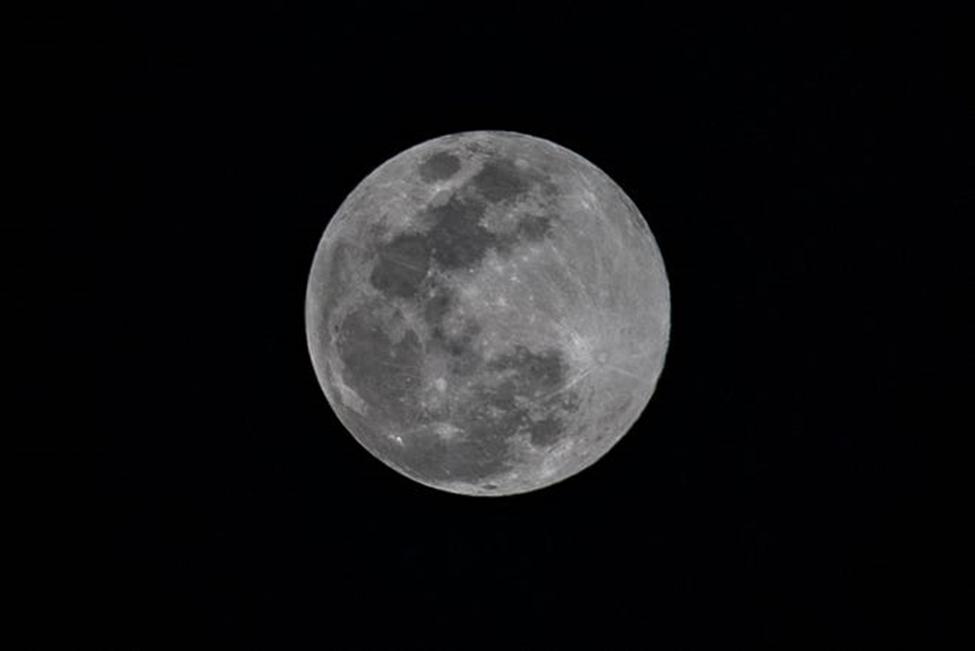A Christmas gift from God.
"Making spirits bright" won't just come from outdoor decorations this year. There will also be a light from above.
An almost full moon can be seen on Christmas night. Then, on the night after Christmas, the moon reaches its fullness.
Astronomical events were vital on the first Christmas, over 2,000 years ago.
The Star of Bethlehem.
Wise men from the East using the star to find the new-born King.
Shepherds watching their flocks by night, seeing and hearing heavenly hosts.
Want to do something different with your family and friends this Christmas?
It's free. It can be done right at home. You likely have not done it before. It won't happen again until 2034.
On the night after Christmas, after the food and festivities are over, go outside and look at the full moon. A full moon close to Christmas is called "The Cold Moon." The moon being full does not affect the temperature, but it's usually cold this time of year, thus the name. The air temperature is not affected by the moon phase.
It's also called "The Long Night Moon." That's because it is the full moon closest to the Winter Solstice, the shortest day and longest night of the year.
Of course, whether you are able to watch the full moon on the night after Christmas depends on the ever-changing Alabama weather. Right now, my notoriously fluctuating Weather App is showing for the night after Christmas in Mobile and coastal Alabama: Cloudy with a 60% chance of rain. That forecast can change two to three times during a week, so look at your own local forecast closer to Christmas.
Astronomical events are often hard to spot in the night sky. The full moon is just the opposite. It is the easiest to see of nighttime wonders. You can't miss it.
Photos of the full moon are also the easiest to capture of astronomical events. Cell phone cameras will do, but the moon often shows up blurry.
For pro tips on taking pictures of the full moon, go here.
Here are tips for Alabama moon watchers:
The best time to watch in Alabama is 6:33 p.m. on Tuesday, December 26. You can make an early night of it.
Go to a place far from any light sources or urban light pollution and has a clear view of a wide expanse of the sky.
Be sure to give your eyes plenty of time to adapt to the dark, ideally 30 minutes or more. The better your eyes are adjusted to the dark, the clearer and brighter the full moon will be. Even a short exposure to light (from passing car headlights or checking your cell phone) will start the adaptation time over.
You will not need any special equipment to view the full moon, such as binoculars or telescopes. There is no need for protection for your eyes.
Bundle up. It's colder than you think out there during the "Cold Moon."
The lunar cycle is 29.5 days. For this reason, a full moon actually on Christmas day itself comes only "once in a blue moon." The last Christmas day full moon was in 2015 and, before that, in 1977.
If you happen to miss the 2023 day after Christmas full moon, there will be coverage by 1819 News for the next time, in 2034 — actually on Christmas night.
Jim Zeigler is a former Alabama Public Service Commissioner and State Auditor. You can reach him for comments at ZeiglerElderCare@yahoo.com.
Don't miss out! Subscribe to our newsletter and get our top stories every weekday morning.










